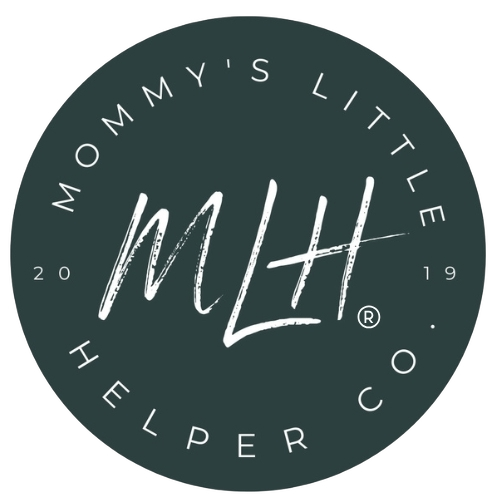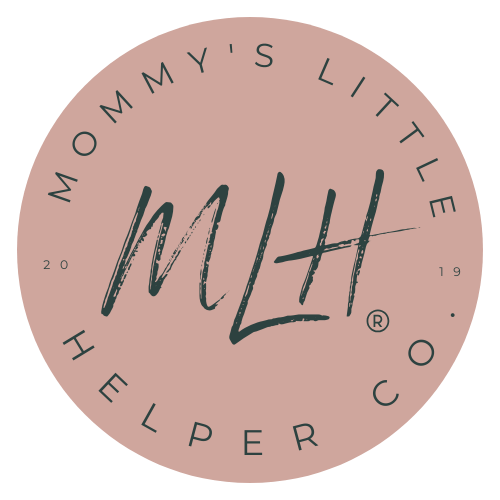
Montessori at Home: What Is It and How to Do It?
As parents, we all want to provide our children with the best opportunities for growth, independence, and learning. For many, the Montessori method is an inspiring way to achieve these goals right at home. In this post, I’ll gently guide you through what Montessori is and how you can create a nurturing environment for your child’s development.
What is Montessori?
Hi there! Let me share what I’ve learned about Montessori over the years. The Montessori method, created by Dr. Maria Montessori, is a wonderful approach to education that focuses on hands-on, child-led learning. It’s all about fostering toddler independence, building concentration, and sparking curiosity. Instead of traditional teaching methods, Montessori encourages kids to explore their environment and learn through doing, helping them develop important life skills from an early age.
But here’s the thing: Montessori isn’t just for classrooms. It’s more like a lifestyle or mindset that can easily be brought into your home with a bit of planning, a few helpful tools, and most importantly, a patient and understanding heart.
Can Montessori Be Done at Home?
Oh, absolutely! You don’t need a fancy classroom or loads of resources to start Montessori at home. It’s really about creating an environment where your child feels empowered to explore and take the lead in their learning. You’re there to gently guide them, but the magic happens when they start discovering things on their own.
I’ve found that a few key items can make a big difference. For example, a learning tower or other multifunctional furniture can give your little one the freedom to safely join you in the kitchen or at the table. These tools not only make activities more accessible but also encourage their independence and confidence. And honestly, watching them light up when they accomplish something all on their own? It’s the best feeling in the world.
How to Set Up a Montessori Home Environment
Creating a Montessori home doesn’t mean turning your house upside down. Instead, focus on simplicity, organization, and accessibility. Here are some key tips:
1. Declutter and Organize Spaces
Montessori emphasizes a calm and orderly environment. Declutter toys and organize them on low, open shelves so your child can easily see and choose what they’d like to work with. This promotes independent play and decision-making.
2. Use Child-Sized Furniture
Invest in child-sized furniture like a standing tower or helper tower. These tools allow your toddler to safely reach surfaces and participate in daily tasks. The learning stool can be used in the kitchen, bathroom, or playroom to help build toddler independence.
3. Incorporate Practical Life Activities
Montessori is all about practical life skills. Encourage your child to help with chores like sweeping, setting the table, or preparing snacks. A wooden chopper knife is a great example of a safe tool that allows toddlers to learn cutting skills while developing coordination and confidence.
4. Create a Home Indoor Playground
Physical activity is vital in Montessori. An activity tower or simple indoor climbing playgym can provide safe opportunities for gross motor skill development. These also serve as outlets for energy and creativity, which are important for healthy development.
What Is the Daily Routine of Montessori at Home?
Consistency is a cornerstone of Montessori. A structured routine helps children feel secure and teaches time management. Here’s an example of a simple Montessori daily schedule:
- Morning: Start with practical life activities like making the bed or preparing breakfast together using a kitchen tower
- Mid-Morning: Focus on self-directed learning, like sorting objects, stacking toys, or art projects
- Lunch: Encourage your child to help set the table or prepare food using wooden tools
- Afternoon: Include outdoor play or gross motor activities using a home indoor playground
- Evening: Wind down with quiet activities like reading or sensory play before bed
A routine not only sets the rhythm for your day but also nurtures Montessori work habits, like focus and perseverance.
Examples of Montessori Activities
Montessori activities focus on fostering independence and teaching practical skills. Here are some ideas:
- Practical Life: Pouring water, sweeping, or folding laundry
- Sensorial Activities: Sorting objects by size, color, or texture
- Language: Identifying objects, storytelling, or singing songs
- Math: Counting blocks, stacking rings, or matching numbers
Each activity should be tailored to your child’s age and interests. For example, toddlers might enjoy stacking toys, while preschoolers could start helping in the kitchen using a foldable learning tower.
At What Age Do You Start Montessori?
Montessori principles can be introduced right from infancy, but I’ve found that around 18 months is a wonderful time to start bringing in tools like a toddler tower or step stool. At this age, little ones are eager to participate in daily routines, and giving them the tools to do so not only encourages independence but also builds confidence that will serve them well as they grow.
Why Routine Is Important in Montessori
Routines are like a warm hug for children. They create a sense of security and help them know what to expect. In Montessori, routines also teach important work habits like focus, perseverance, and responsibility. For example, involving your child in setting the table using their helper tower or cleaning up after an activity reinforces both independence and accountability. Over time, these small, everyday moments shape your child’s sense of responsibility and pride in their contributions.
Montessori at Home Is Achievable
Creating a Montessori-inspired home doesn’t have to be complicated or intimidating. It’s really about fostering independence and a love of learning through simple, practical activities. Remember, it’s not about being perfect, it’s about creating meaningful opportunities for growth and connection. If you’re looking for thoughtfully designed tools and furniture to support your Montessori journey, I’d love for you to check out the collection at Mommy’s Little Helper Co. Let’s create spaces where our little ones can thrive and grow, one step at a time.




